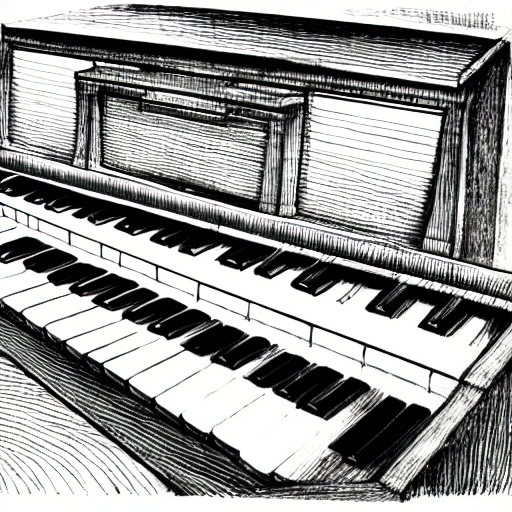
Drawing and Painting Best Practises
July 26, 2023
 Chandana K
Chandana K
Art is the expression of ideas and emotions through a physical medium like drawing, painting, or sculpting. As a Fine Arts professional, below are my perspective/suggestions on how the students of Art should approach their practice:
- Select a neat and clean place to sit
- Arrange all your art materials such as drawing board, drawing book, pencils, eraser, colors, and other paraphernalia
- Beginners should set a goal to sit for at least 30 to 45 minutes each day and gradually build the ability to practice for a longer time at a stretch
- To start with, practice the fundamentals of Art. These are line, form, value, space, color theory, anatomy, lighting, and composition among other things
- First do the warm-up with some quick drawings of circles and other geometric shapes, simple flowers, etc
- Next, plan your composition before you start your drawing
- DRAWING PRACTICE
-
- Choose one interesting picture to draw
- Draw the picture on a piece of paper with a neat outline. If you cannot draw the picture correctly, take a rough paper and draw the same picture again and again
- Continue to replicate the picture as best as you can and in each iteration, try to reduce the time it’d take to draw that picture. With this kind of practice, your pictures will start to come out better and better
- Refine the sketch
- Use darker pencils to define the lines and details of your subject.
- Make adjustments and corrections as needed.
- Add details
- Begin adding more intricate details to your drawing, focusing on textures, shading, and any intricate elements.
- Shading and toning
- Use shading techniques (cross-hatching, stippling, etc.) to create depth and dimension in your drawing
- Final Touches
- Take a step back and assess your drawing. Make any final adjustments to ensure accuracy and artistic expression.
PAINTING (Practice and General Approach)
- Choose your medium
- Select the type of paint you want to work with: watercolors, acrylics, oils, etc.
- Gather the appropriate brushes and canvas or painting surface
- Block in the colors
- Start by applying the base colors of your subject, working from general to specific areas.
- Use broader brush strokes for this initial stage.
- Build up layers
- Allow the first layer to dry and then add subsequent layers to create depth and richness in colors
- Use smaller brushes and more detailed techniques as you progress.
- Work on details
- As the layers build, start working on the finer details and intricacies of your subject.
- Shading and highlights
- Use darker shades to create shadows and lighter tones for highlights, enhancing the three-dimensional appearance.
- Step back and assess
- Take breaks to step back and analyze your painting's progress.
- Make any necessary adjustments or improvements.
- Final touches
- Refine any areas that need it and add any final touches to complete your artwork.
- Allow it to dry
- If using wet mediums like acrylics or oils, let the painting dry completely before moving or framing it.
Remember, drawing and painting are skills that improve with practice, so don't be discouraged if your first attempts don't turn out as expected. Keep experimenting, learn from others, and, most importantly, enjoy the creative process!
Art gives us the ability to express ourselves. Drawing is a great way to improve your creative skills and start thinking in different ways. It can improve your concentration and reduce anxiety and stress. Art always conveys a message that the Creator wants to see or hear. Art can and does create magic!





Anonymous
July 26, 2023
Thoughtfully written! Thank you for sharing your perspective and tips.